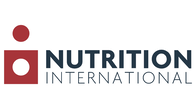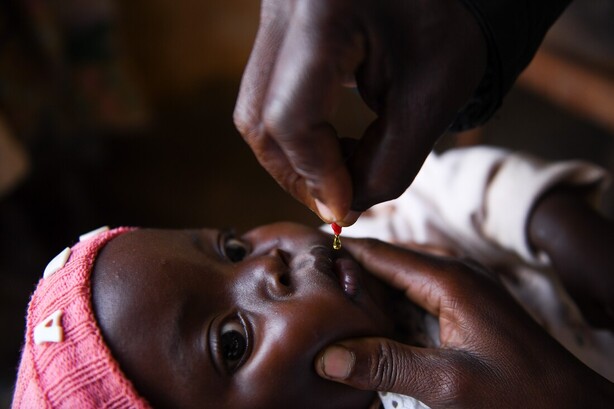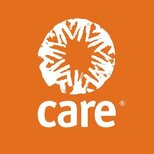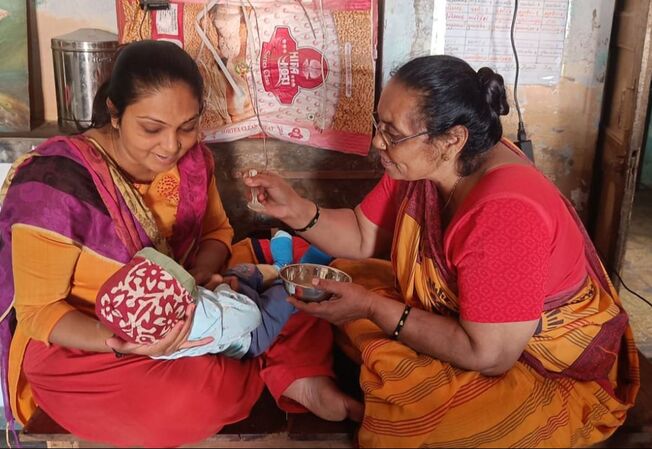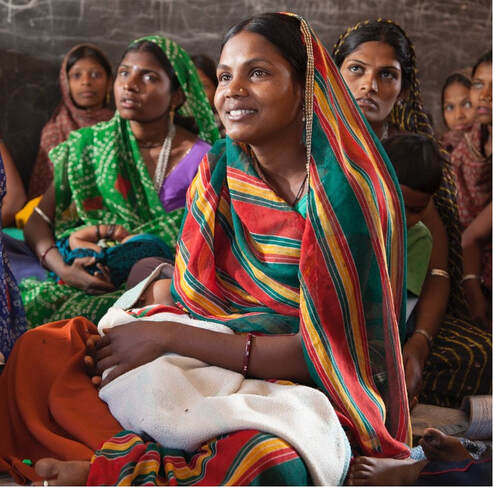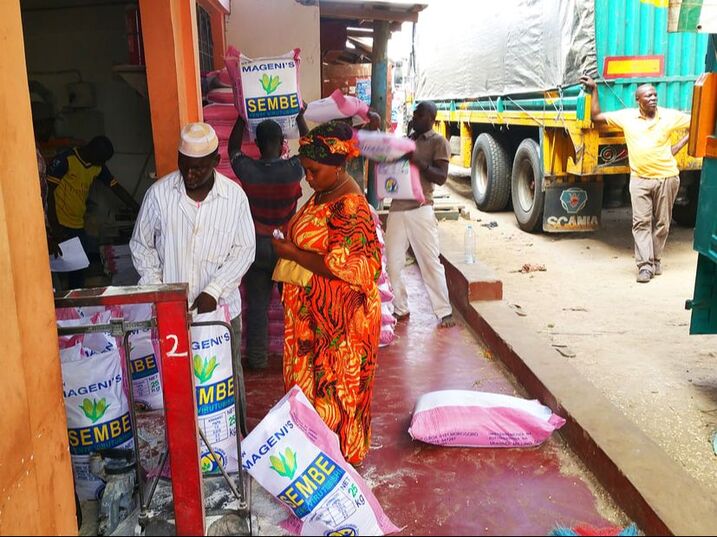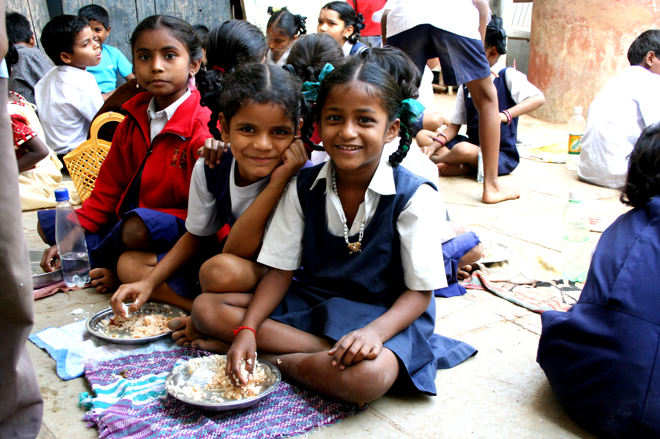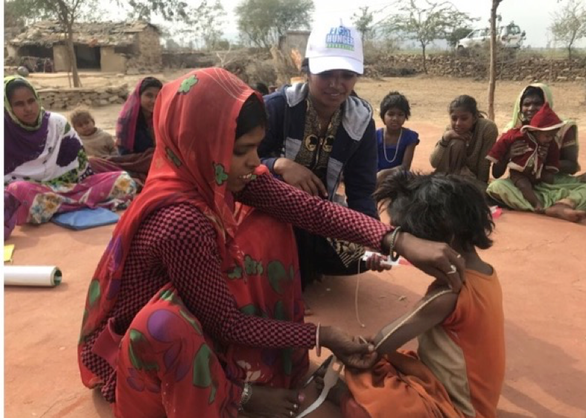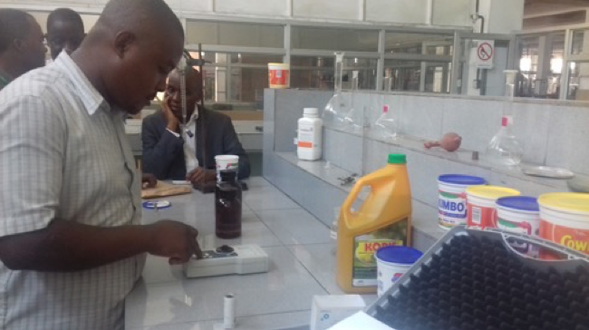Nutrition
Current portfolio
In Malawi, nearly one in four child deaths are associated with undernutrition. Vitamin A supplementation is a cost-effective interventions to reduce child mortality. Two doses of vitamin A per year can save a child’s life, prevent blindness, strengthen their immune system, reduce stunting and make children more resistant to sickness and diseases.
Historically, vitamin A supplementation has been delivered through mass campaign events to children aged between 6-59 months. The Government of Malawi has started the process of transitioning to a routine delivery model to integrate this distribution into the existing healthy system. This project will help Malawi with this transition in three target districts, ensuring that coverage rates are kept high in the short-term and helping to strengthen the health system to provide vitamin A in the long-term.
This project aims to:
Historically, vitamin A supplementation has been delivered through mass campaign events to children aged between 6-59 months. The Government of Malawi has started the process of transitioning to a routine delivery model to integrate this distribution into the existing healthy system. This project will help Malawi with this transition in three target districts, ensuring that coverage rates are kept high in the short-term and helping to strengthen the health system to provide vitamin A in the long-term.
This project aims to:
- Maintain at least 50% coverage of vitamin A supplements, with a goal of achieving 80% coverage
- Train 1,200 healthcare workers on vitamin A distribution
- Develop a national plan for transition, and detailed operational guidelines for each target district.
- This is expected to lead to 1,800 fewer child deaths and 25,000 fewer cases of stunting.
Gujarat has high rates of undernutrition; an estimated 39% of children under six years old are stunted and 10.6% are severely wasted. Anaemia is a significant public health challenge affecting 65% of women aged 15-49.
In December 2017, India launched the National Nutrition Mission to reduce undernutrition – including child stunting, wasting, low birthweight and anaemia. To improve nutrition outcomes in Gujarat, this project will support the state government as it implements the National Nutrition Mission by ensuring robust coordination; strengthening planning, health worker capacity, monitoring; and increasing demand for nutrition services and support in target communities. The project will focus on established, evidence-based interventions proven to improve maternal and child nutrition, including promotion of early and exclusive breastfeeding, promotion of complementary feeding, treatment of severe acute malnutrition, deworming for children aged 6-59 months and handwashing promotion.
The project aims to:
In December 2017, India launched the National Nutrition Mission to reduce undernutrition – including child stunting, wasting, low birthweight and anaemia. To improve nutrition outcomes in Gujarat, this project will support the state government as it implements the National Nutrition Mission by ensuring robust coordination; strengthening planning, health worker capacity, monitoring; and increasing demand for nutrition services and support in target communities. The project will focus on established, evidence-based interventions proven to improve maternal and child nutrition, including promotion of early and exclusive breastfeeding, promotion of complementary feeding, treatment of severe acute malnutrition, deworming for children aged 6-59 months and handwashing promotion.
The project aims to:
- Avert approximately 40,000 stunting cases in children and prevent around 1,300 under-5 deaths
- Increase breastfeeding of new-borns within one hour of birth by 20%
- Increase the number of infants aged 6-11 months receiving an acceptable diet by 14%
- Increase visits to pregnant and new mothers from a trained health worker by 10%
- More than double the number of severely malnourished children identified and referred for treatment
In the Global Hunger Index (2021), India ranks 101 out of 116 countries. India has a level of hunger that is a public health concern and anemia is a major public health problem. Backed by scientific evidence from successful pilot programmes, the Government of India is pursuing fortification in all major food-based safety net programs. Rice fortification is playing a pivotal role in food and nutrition security as it is consumed by majority of the Indian population. This will help achieve the goal where all rice provided in the government safety net program is to be fortified by the year 2024.
PATH is a global leader in rice fortification with over two decades of experience in augmenting rice fortification through clinical trials and operational feasibility, which has been demonstrated in both the safety net program and the open market channels. For this project, PATH is supporting the government of India and other relevant stakeholders as a technical partner to support distribution of fortified rice within India’s Public Distribution System.
Through this project, PATH will be able to address the prevalence of iron deficiency anaemia in the State of Assam by:
PATH is a global leader in rice fortification with over two decades of experience in augmenting rice fortification through clinical trials and operational feasibility, which has been demonstrated in both the safety net program and the open market channels. For this project, PATH is supporting the government of India and other relevant stakeholders as a technical partner to support distribution of fortified rice within India’s Public Distribution System.
Through this project, PATH will be able to address the prevalence of iron deficiency anaemia in the State of Assam by:
- Strengthening the supply and demand of fortified rice, and the rice value chain.
- Introduce cost-effective technology innovations in blending solutions for affordable for large scale food fortification.
- Facilitate quality assurance and quality control as the benchmark for success.
- Support the government of Assam in efficacy trials on fortified rice.
- Create open source knowledge assets which will further large scale food fortification programs in other geographies.
- Create Centers of Excellence to strengthen local expertise and institutionalize fortification for sustainability.
Completed projects
Despite the increasing adoption of large-scale fortification programs throughout the developing world, the majority of individuals living in rural and remote areas do not have access to centrally processed foods. 95% of the Tanzanian population rely on small maize flour mills for 60% of their daily calorie intake. Sanku has developed a one-size-fits-all dosifier machine, currently used to fortify maize with key nutrients in over 200 small-scale Tanzanian flour mills.
By bulk buying and then reselling empty flour bags to millers, Sanku is able to generate revenue and thus provide micronutrients to millers for free, thereby offsetting the cost of fortification for millers in a sustainable manner.
During this three year project, Sanku:
By bulk buying and then reselling empty flour bags to millers, Sanku is able to generate revenue and thus provide micronutrients to millers for free, thereby offsetting the cost of fortification for millers in a sustainable manner.
During this three year project, Sanku:
- Providing over 200 small and medium-scale millers with the necessary tools and training to fortify maize flour.
- Reached over 470,000 people enabling them to access fortified maize flour.
Although Gujarat is one of the richest states in India, according to the National Family Health Survey 2015-2016, more than a third of Gujarati children suffer from chronic malnutrition (39% stunted), and more than one-quarter suffer from acute malnutrition (26% wasted). This project attempted to tackle this issue by serving PATH’s fortified Ultra Rice® in school lunches in Ahmedabad via the government’s midday meal programme.
Thanks to this project at least 129,000 children are receiving the benefits of sustained delivery of vital micronutrients such as iron, folic acid, vitamin A, and B complex vitamins.
According to the independent endline evaluation report:
The beneficiary kitchen continues to serve fortified rice, the Government of Gujarat plans to scale up the incorporation of fortified rice in the mid-day meal scheme within Gujarat and the Government of India is exploring its incorporation into other government safety nets.
Thanks to this project at least 129,000 children are receiving the benefits of sustained delivery of vital micronutrients such as iron, folic acid, vitamin A, and B complex vitamins.
According to the independent endline evaluation report:
- the intervention successfully reduced the proportion of anaemic children by 10% from baseline to end-line.
- the average cognitive score of beneficiary children increased by 20.57% from baseline (49.80%) to end-line (70.37%). A mere 9.31% increase was observed amongst the children in the control district.
- children from the intervention district showed a decline in stunting of 3.5 percentage points from the baseline (32.2%) to end-line survey (28.7%).
The beneficiary kitchen continues to serve fortified rice, the Government of Gujarat plans to scale up the incorporation of fortified rice in the mid-day meal scheme within Gujarat and the Government of India is exploring its incorporation into other government safety nets.
|
Project:
Partner: Total grant: Grant period: Beneficiaries: |
Prevention and management of acute malnutrition through an integrated approach of Nutrition and Care Practices in high burden tribal blocks of the Baran District, India
Action Against Hunger £170,779 December 2017 – November 2018 38,538 expected direct beneficiaries |
The Kishanganj and Shahabad blocks of the Baran District, Rajasthan have experienced high rates of severe acute malnutrition-related mortality and morbidity. A survey conducted by Action Against Hunger in the Kishanganj block in June 2014 on children between 6 and 59 months revealed an overall prevalence of global acute malnutrition of 33.7% and severe acute malnutrition of 7.6%.
This project attempted to tackle acute malnutrition by improving knowledge and understanding within the community through an assisting behavioural change strategy and by strengthening the mechanisms for timely identification, treatment and monitoring of children with severe acute malnutrition.
Following the start of implementation, Action Against Hunger realised that levels of malnutrition in the target area were significantly lower than expected (e.g. during the project year 1,901 children were treated for severe or moderate acute malnutrition - against an expected caseload of 13,100 children). Action Against Hunger believe that their previous and ongoing work in the target area has contributed to this impressive fall in malnutrition levels.
During this one-year period, Action Against Hunger:
This project attempted to tackle acute malnutrition by improving knowledge and understanding within the community through an assisting behavioural change strategy and by strengthening the mechanisms for timely identification, treatment and monitoring of children with severe acute malnutrition.
Following the start of implementation, Action Against Hunger realised that levels of malnutrition in the target area were significantly lower than expected (e.g. during the project year 1,901 children were treated for severe or moderate acute malnutrition - against an expected caseload of 13,100 children). Action Against Hunger believe that their previous and ongoing work in the target area has contributed to this impressive fall in malnutrition levels.
During this one-year period, Action Against Hunger:
- Increased the percentage of households with knowledge on nutrition, Infant and Young Child Feeding (IYCF) and Water, Sanitation and Hygiene (WASH) practices for under-five children from 0 to 44% (target 30%).
- Increased the percentage of government health workers conducting regular screening for severe and moderate acute malnutrition from 10 to 73% (target: 60%).
- Increased the percentage of government service providers with increased knowledge on nutrition IYCF & WASH practices from 0 to 80% (target: 75%).
Tanzania suffers from high rates of micronutrient malnutrition with one third of children deficient in iron and/or vitamin A (as per Micronutrients: Results of the 2010 Tanzania Demographic Health Survey). One of the most cost-effective solutions for improving intakes of essential vitamin and minerals is the fortification of staple foods and condiments. Tanzania has a mandatory wheat and maize flour fortification programme. However, low capacity to produce and monitor these foods is limiting the programme from benefiting vulnerable populations to its full potential. This project aimed to strengthen Tanzania’s food quality monitoring and processing capacity thus improving access to adequately fortified foods.
Activities included:
As a result:
1. The Tanzania Food and Drug Authority (TFDA) performed 3 food fortification inspections during the grant period.
2. 74% of wheat flour samples tested as part of the final inspection complied with food fortification standards (baseline 49%).
3. Over 19 million Tanzanians are consuming oil and 18 million wheat fortified in accordance with national fortification standards
(baseline: 9.5 million consuming adequately fortified oil and 11.9 million consuming adequately fortified wheat).
Activities included:
- Arranging 5 National Food Fortification Alliance meetings, bringing together key stakeholders to discuss progress on fortification projects, regulations and other important issues.
- Relaunching the fortification Management Information System (MIS) and providing MIS training to government and industry representatives. By the end of the grant period, 16 industries were inputting data into the MIS on a monthly basis, with 8 doing so for at least 6 months.
- Providing refresher training to 5 food analysts and 20 inspectors to increase their capacity to perform field inspections.
- Encouraging industries to procure premix from a list of quality assured suppliers. By the end of the grant period, 12 industries were sourcing premix from certified sources.
- Training government inspectors and representatives of 26 industries on quality assurance procedures for micronutrient fortification resulting in a significant improvement in the quality control and quality assurance systems at inspected factories (as per the Tanzania Food and Drug Authority Second Inspection report).
As a result:
1. The Tanzania Food and Drug Authority (TFDA) performed 3 food fortification inspections during the grant period.
2. 74% of wheat flour samples tested as part of the final inspection complied with food fortification standards (baseline 49%).
3. Over 19 million Tanzanians are consuming oil and 18 million wheat fortified in accordance with national fortification standards
(baseline: 9.5 million consuming adequately fortified oil and 11.9 million consuming adequately fortified wheat).
James Percy Foundation
Registered with the Charity Commission 1144494
Registered with the Charity Commission 1144494
